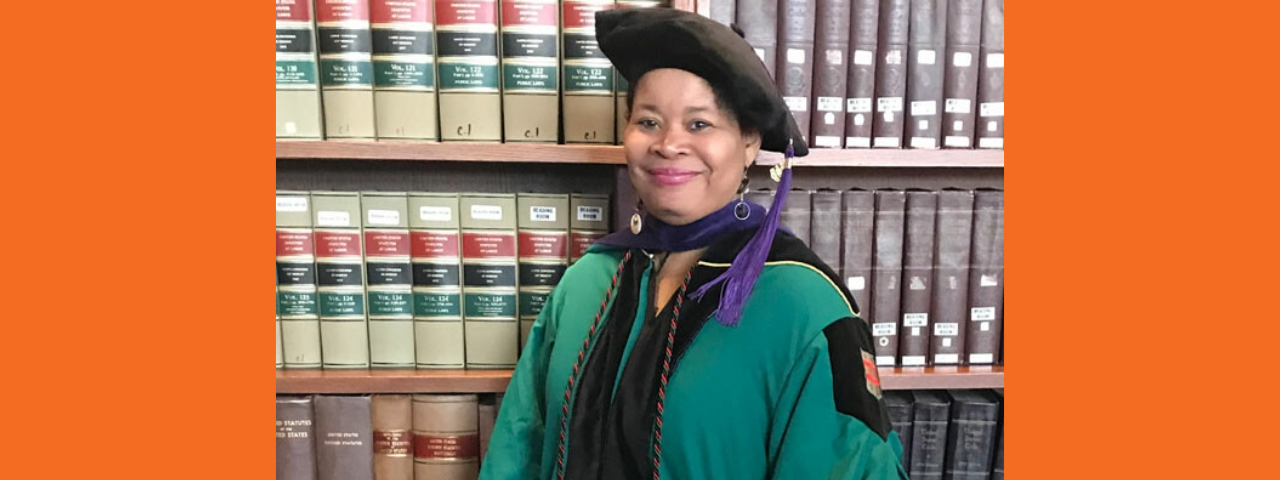Body
Chicagoan and expert hiker, Satej D., 24, set an ambitious goal — hike every U.S. national park, 63 in all.
On an early November day in Ohio’s Cuyahoga National Park — No. 33 for Satej — he was hiking with six friends. They came across a natural bridge constructed of three parallel logs. As he crossed, it suddenly collapsed. He tried to hang on to the wreckage, but the slippery, moss-covered wood made it impossible. He lost his grip, falling 30 feet into a steep ravine.
He only lost consciousness for a few seconds, but when he tried to get up, he couldn’t move his arms or legs. Satej said he knew immediately that he had injured his spinal cord, “But I didn’t panic. I saw my toe move.”
A self-described “raging optimist,” Satej took heart from this small movement. It meant that his spinal cord wasn’t completely severed. He knew the ability to move that one toe improved his chances of recovery.
His friends called for help immediately. Rescuers arrived, and they used a winch to lift Satej out of the ravine. He was rushed to an acute-care hospital where he was diagnosed with a C5 (lower neck) spinal cord burst fracture. In a burst fracture, the vertebra (the protective bone segment surrounding the spinal cord) is not just compressed, it’s crushed in all directions.
After surgery, when Satej regained consciousness, he found himself connected to a ventilator. Read more about how a SCI impacts breathing.
Not Taking No for an Answer
Body
His doctors told him that he probably wouldn’t move again from the shoulders down — that he most certainly would never be able to walk again. His response? “I told them that they could go to … other places.”
That inherent tenacity and spunk served him well. As the spinal cord swelling decreased, movement increased. Early on, Satej moved his hand, stunning his doctors. Over 10 days, he continued making incremental and continuous progress. By the time he left acute care and headed for inpatient rehabilitation at Shirley Ryan AbilityLab, he was breathing on his own and moving one hand, but he couldn’t yet stand.
Defying the Odds in Therapy
Body
On his second day at Shirley Ryan AbilityLab, Satej stood for the first time. He progressed to walking in a weight-bearing harness, eventually bearing increasingly more of his own weight. At first, he was only able to walk five feet, but soon he was crossing 55.
His greatest challenge was regaining use of his hands, an expected hurdle due to his diagnosis of central cord syndrome. Central cord syndrome is the most common form of an incomplete spinal cord injury, i.e., one in which the spinal cord’s ability to transmit some messages to or from the brain is damaged or reduced below the site of injury to the spinal cord. His right hand and left triceps had now recovered enough to function, but were not as strong as they had been. As an avid climber and hiker, Satej depended on his upper-body strength. Regaining it became his new mountain to summit.
Electrical Stimulation Targets Fine-motor Skills
Body
To help him open and close his hand, Satej’s occupational therapy included neuromuscular electrical stimulation. In this type of therapy, a device sends safe electrical impulses to nerves, which cause muscles to contract. In this way, electrical stimulation can increase strength and range of motion, as well as offset the effects of injury or disuse.
“As I slowly relearned to pick up things, put on my shoes and type, everyone cheered me on,” he said. “We were in this together.”
DayRehab, Outpatient & a Return to Normalcy
Body
A month after he began inpatient therapy, Satej graduated to full-day therapy at Burr Ridge Outpatient & DayRehab Center®, where he would continue “climbing” for three months.
“As a full-time patient in DayRehab, I was able to continue working aggressively, but do so while living at home,” he said. “The day I started, I moved back into my apartment, a huge milestone.”
Satej felt he grew the most during this outpatient phase. “As an inpatient, I returned to function,” he says. “In DayRehab and outpatient, I returned to normalcy. I was cooking, folding clothes, driving again.”
Climbing Elevations in the City — SkyRise Chicago
Body
Almost exactly one year after his injury, Satej took on climbing the 105 flights to the top of Willis Tower as part of SkyRise Chicago, the world’s tallest indoor stair climb that supports Shirley Ryan AbilityLab.
“I had just finished outpatient therapy,” he said. “I was really excited. It was an overwhelming feeling just to be able to climb. There was so much support and community at SkyRise that day — whether it was other climbers, volunteers, people cheering you on — it was awesome to see how great people can be.
His best advice?
Body
“If you’re thinking about doing SkyRise Chicago, it sounds gratifying and like it will give you a sense of accomplishment, but those feelings double once you’ve done it. There isn’t an experience that comes close to how great this event was.”
Satej now feels powered by gratitude. “After everything I’ve been through, standing there on the Willis Tower Skydeck was a good reminder of how many gifts I’ve been given.”
Emotional & Psychological Healing
Body
Satej said that being part of a team helped him heal psychologically and emotionally as his body was healing. “The staff made such an impact on me,” he said.
Today, Satej has returned to work as an applied software engineer … and, since his graduation from therapy, he has hiked three more national parks. “Next year, I’m hiking four national parks in Alaska,” he said.

